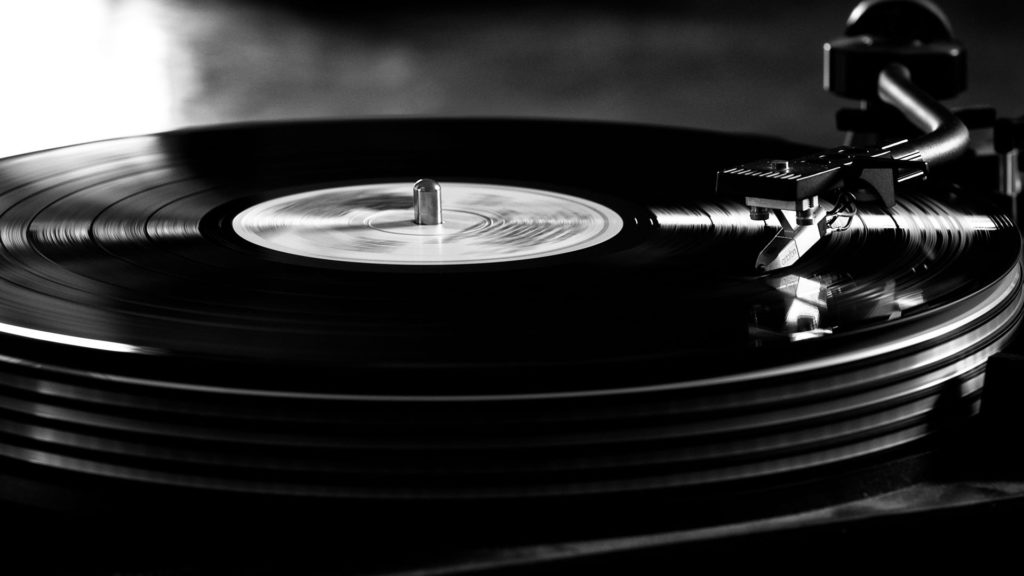Vinyl Mastering Secrets for Audio Engineers – Score Short Reads
A lot of people falsely presume that as long as they place the record properly on the turntable, it’s going to play without issues. However, that couldn’t be further from the truth. If you don’t anticipate the response of your stylus to the groove you create, you will end up with serious playback problems.
Be mindful of the vinyl’s limitation while sequencing
It’s one of those physical oddities that most people who play records rarely consider: While the rotational speed of a record is constant (in the case of a 12-inch LP, it’s 33 1/3 RPM, or revolutions per minute), the size of the grooves on the inner side of the vinyl (close to the label) is considerably smaller than those on the outside, as much by half.
That means that the innermost grooves have to fit the same musical information into half as much space. It’s a reality of the medium that is hard to compensate for.
Loudness is affected by program length
The loudness of a vinyl disc mainly depends on the program length.
In a similar way, vinyl playback has a way of compressing transients, so try to set the cutting master in a way that is more transient than a CD master (it won’t affect the level of the disc because that’s determined by the program length), but it will give the cutting engineer more options on how hard they drive the medium.
Beware of sibilance
While no one enjoys excessive sibilance, it’s an even bigger issue when it pertains to sibilance. Again, in the digital world, whatever you hear upon mixdown is basically what anyone else is going to hear upon playback — you’re making an artistic choice with whatever level of sibilance you feel is acceptable for the music.
In the world of vinyl, you must remember that excessive sibilance during recording will result in audible distortion because of the player’s stylus. Sibilance contains lots of high-frequency content at a relatively high volume. Too much sibilance in the source audio, and the stylus will struggle to track the groove properly. This will end up in heavily distorted playback.
Make sure both sides are balanced
No matter how many songs go onto your vinyl, remember that each side is the same physical size. Make sure your project is sequenced so that side times are relatively balanced, otherwise the quality of the short side will be subject to the same signal accommodations that had to be made to get the long side onto the disc. The short side will also end up being louder than the long side.
Avoid Excessive Bass
If you mix your tracks with heavy bass in a digital format, the result will be bass heavy but probably listenable upon playback. If you press that same mix into vinyl, the needle might end up jumping out of the groove during playback.
Stereo bass synths can be especially troublesome if phase cancellations exist between the left and right channels and can even cause the groove to disappear during those instances of phase cancellation (the cutter head may physically move so far away from the lacquer that it loses contact), and the stylus might fly away to kingdom come.
Communicate with Your Vinyl Engineer
When all is said and done, the best way to avoid these common pitfalls when pressing vinyl is to communicate with the engineer.
Take the opportunity to reach out and identify some targets to hit regarding overall volume (peak and LUFS values), relative bass levels, mono compatibility, and sibilance. Vinyl engineers have seen every common mix mistake you can imagine, and they’ll be glad to help you optimize your tracks.








